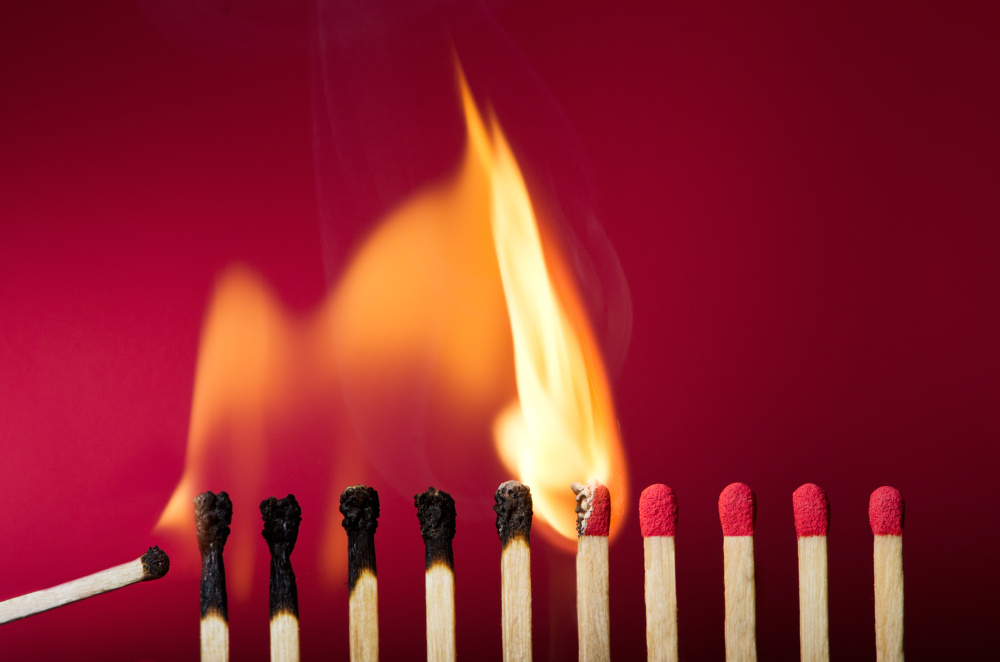15
Jul
8 Brilliant Retail Ideas That Are Worth Stealing
THE BIG IDEA: Update your brand with these hot retail strategies.
12:30 /
Marketing
 THE BIG IDEA: Real customers are today's stars.
THE BIG IDEA: Real customers are today's stars. “When people appear to be something other than good and decent, it is only because they are reacting to stress, pain, or the deprivation of basic human needs such as security, love, and self-esteem. The greater our need for food or safety or affection or self-esteem,...
 THE BIG IDEA: Here are four ways to delight your best customers and make them feel like a VIP.
THE BIG IDEA: Here are four ways to delight your best customers and make them feel like a VIP.  THE BIG IDEA: Cult Brands reveal seven strategies any business can use to grow bottom-line profits. If you're ready to expand your business, follow these effective business practices.
THE BIG IDEA: Cult Brands reveal seven strategies any business can use to grow bottom-line profits. If you're ready to expand your business, follow these effective business practices.  THE BIG IDEA: To implement change successfully, your organization must be ready. Here are some time-honored techniques to help create a culture primed for transformation and rapid innovation.
THE BIG IDEA: To implement change successfully, your organization must be ready. Here are some time-honored techniques to help create a culture primed for transformation and rapid innovation. 
THE BIG IDEA: Are your ready for change? Business is speeding up faster and faster. Get ready for change and your brand will survive and thrive.
 THE BIG IDEA: Creating a work environment that attracts and retains talented, motivated people doesn’t happen accidentally. It requires conscious effort, strong leadership, and a little dose of magic.
THE BIG IDEA: Creating a work environment that attracts and retains talented, motivated people doesn’t happen accidentally. It requires conscious effort, strong leadership, and a little dose of magic.  THE BIG IDEA: Follow these four tips to improve your attitude toward gratitude and elevate your level of happiness every day.
THE BIG IDEA: Follow these four tips to improve your attitude toward gratitude and elevate your level of happiness every day.